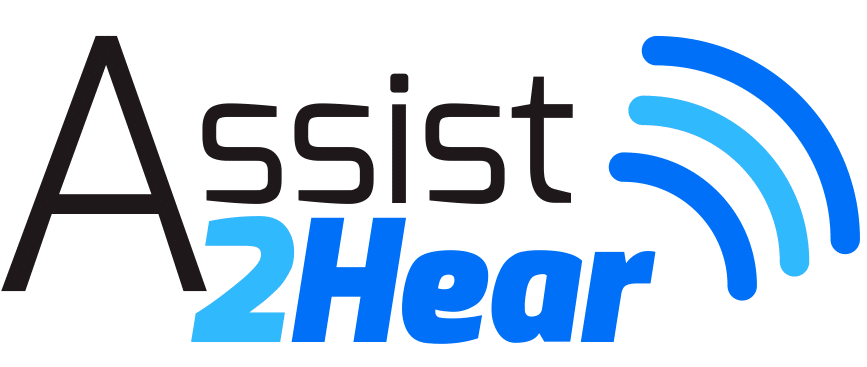The Advantages of Hearing Loops in the Workplace

Hearing Loops are a must for hard of hearing employees.
Hearing Loops in the workplace are a win/win for consumers, employees and businesses! Many employees and/or customers require hearing assistance and better hearing access. Some businesses choose to meet ADA requirements through use of less user-friendly technology, such as FM systems. While cheaper, an FM system is less preferred by consumers because it requires a headset which is inconvenient, indiscreet, and often times unsanitary. A Hearing Loop syncs with a user’s hearing aid and reduces the need for maintaining and tracking headsets for the business.
Our goal is to get businesses “in the loop” about the needs of their consumers and employees with hearing loss, as well as the regulations that affect businesses related to hearing access. In addition to increasing consumer and employee satisfaction, Hearing Loops keep businesses compliant with the American with Disabilities Act (ADA) and help them avoid expensive regulatory fines.
Curious how a hearing loop works? You’re in luck! There’s no long version to this story: It’s a loop of wire plugged into an amplifier. The magnetic signal broadcasts the sound (from a TV, radio, microphone or PA system) to the listeners’ t-coil hearing aids. That’s it! Hard of Hearing listeners without hearing aids, or those who have hearing aids without t-coils, can use headsets to receive the sound. Hearing loops eliminate, or at the minimum, greatly reduce feedback and background noise, which results in a clearer signal from the source of the sound. Depending on the size of the loop, there’s virtually no limit to the number of listeners who can receive the magnetic signal. There are no headphones to share.
It’s not hard to figure out how induction loops could help hard of hearing employees in an office, warehouse, manufacturing facility, retail store, entertainment venue, or service industry (e.g. restaurant, car dealership/mechanic).
EXAMPLE 1: Workers in a manufacturing plant can more clearly hear the PA system over machines’ noise levels. This is especially important in loud work environments for safety reasons. What if the hard of hearing employees can not hear the emergency warnings or important announcements?! What if there is an important employee presentation which the hard of hearing employees simply can’t hear? There is a common misconception that everyone can hear a booming voice or sound through a loud speaker system, but this just isn’t the case.
EXAMPLE 2: Employees in noisy entertainment venues, such as concert halls or auditoriums, can’t just turn up the volume on their hearing aids because it would only amplify everything- air conditioner sounds, footsteps, chatter. With hearing loops, these same employees can simply switch on the t-coil setting in their hearing aid and receive clear sound from the speaker’s microphone. You may believe all employees can hear the speaker or presentation, but for the hard of hearing, background noise and distance often interfere and make it impossible to understand! Hearing Loops are imperative for on-site meetings, conferences and seminars.
EXAMPLE 3: A hearing loop installed for a hospital, bank, grocery store, or pharmacy will definitely help customers but can also be used by and assist employees. If the receptionist, bank teller, or employee is hard of hearing behind the glass or partition, customer service can be affected. Clear communication between your staff and customers is a must!
Hearing Loops in the workplace also creates incredible ease for employers. Once a loop system is installed, there’s virtually no maintenance! There’s no extra equipment to sign out, adjust or clean. Try to compare that to other assistive listening systems which require constant and consistent maintenance and employee training.
With small meeting rooms starting at just $1,500, no workplace should be out of the loop! Visit www.Assist2Hear.com to find out more about getting your business in the hearing loop.
Where could your company benefit most from a hearing loop in the workplace?
